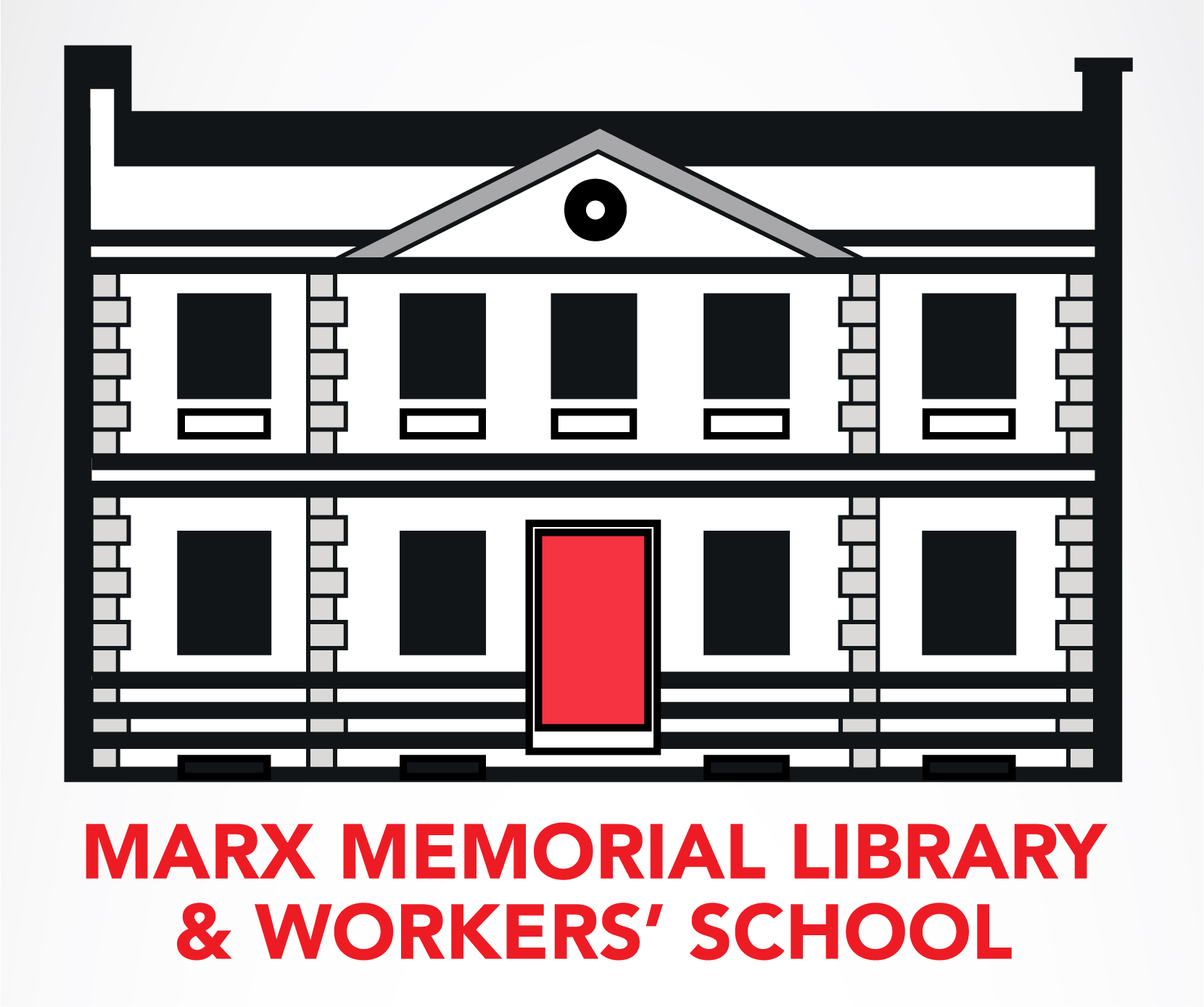You are here
Back to topBlue Blouse was founded in 1923 by Boris Yuzhanin an instructor at the Moscow Journalism Institute, and named after the factory workers’ overalls. It was often described as a “Living Newspaper.”
This is how the Blue Blouse defined itself: “Blue Blouse is a form of agitation, a topical theatre born of the revolution, a montage of political and general phenomena presented from the point of view of the class ideology of the proletariat.
Blue blouse is a juicy hard-hitting and mobile theatre performing under any conditions.”
This was a period of astounding ambition and optimism in the arts. Revolutionary zeal inspired artists of all kinds to seize the moment and create new forms, and the Blue Blouse embodied this spirit.
Exciting, informative and stimulating, the role of the Blue Blouse was to prepare audiences for “the new social conditions being developed in the Soviet Union.”
The Blue Blouse was a living newspaper at a time of widespread illiteracy, a popular news review that included everything from topical issues, sport, dance, poetry, magic tricks, acrobatics and sketches, to tableau vivant and scenes from history.
It’s 1924 as a covered train pulls into the station at Odessa. An eclectic group of people spill onto the icy platform, one carries an accordion, another a large roll of canvas. A tall man in a battered overcoat is holding up a sign saying “Blue Blouse.” The troupe hurry along to meet him — “Welcome to Odessa, I am here to escort you to the Krasnaya Canteen for your performance tonight. A hot meal is waiting for you.” A loud cheer goes up and the Blue Blouse collective disappear into the dusk.
At the height of its popularity there were said to be 5,000 collectives with 100,000 members. They thrived between 1923 and 1927, after which they were subsumed by the Workers Youth Theatre.
